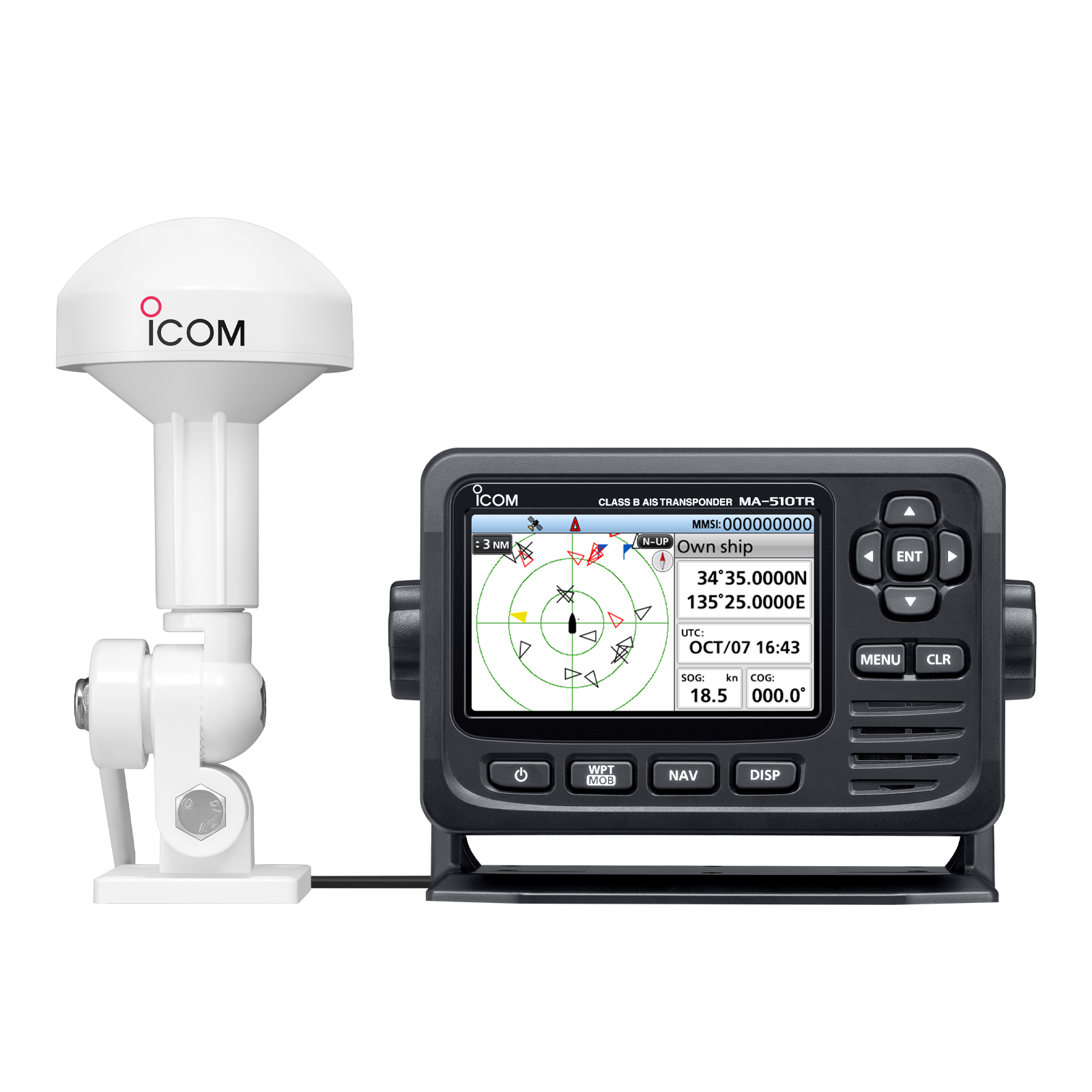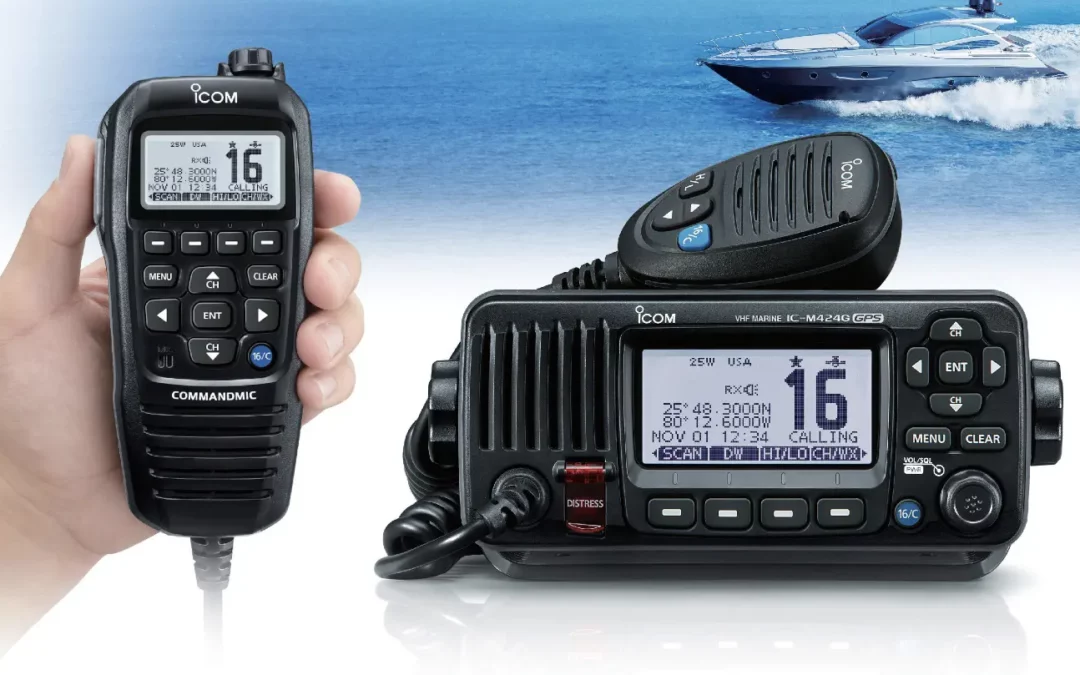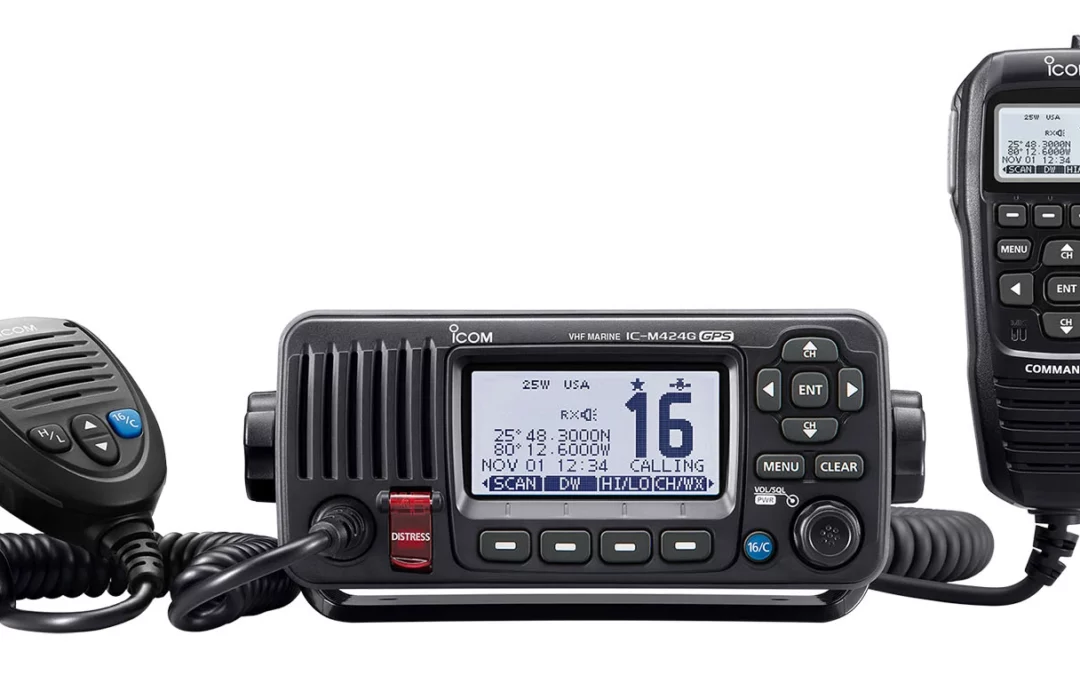Introduction: Overview of AIS Technology in Ports
In the ever-evolving landscape of maritime technology, Automatic Identification System (AIS) has emerged as a transformative force in vessel traffic management, particularly within commercial ports. AIS technology, initially designed for collision avoidance, has evolved to become a cornerstone in optimizing vessel tracking and management, enhancing safety measures, and integrating seamlessly with port operations.
Evolution: Development and Adoption of AIS
The development of AIS can be traced back to the late 20th century when maritime authorities sought a reliable system for avoiding collisions and ensuring the safe navigation of vessels. The International Maritime Organization (IMO) mandated the adoption of AIS on certain types of vessels in 2002. Since then, AIS has undergone significant advancements, and its adoption has become widespread, transforming how vessel traffic is managed in commercial ports globally.
Efficiency: Improved Vessel Tracking and Management
One of the primary impacts of AIS on commercial ports is the improvement in vessel tracking and management. AIS enables real-time tracking of vessels within the port, providing harbor authorities, port operators, and other stakeholders with accurate and up-to-date information on the location, speed, and identity of each vessel. This real-time data facilitates more efficient traffic management, reducing congestion, and optimizing the allocation of berths and resources.
Safety: Enhancing Maritime Safety Measures
AIS has had a profound impact on maritime safety within commercial ports. By providing continuous updates on vessel movements, AIS contributes to the prevention of collisions and groundings. The technology enhances situational awareness for both vessel operators and port authorities, allowing for proactive measures to avoid potential hazards. The integration of AIS data with radar and other sensor systems further enhances safety measures, creating a comprehensive maritime safety net within the port environment.
Integration: AIS Integration with Port Operations
The integration of AIS technology with various port operations has become a key element in modern port management. Port authorities utilize AIS data to optimize traffic flow, plan efficient berthing schedules, and enhance overall operational efficiency. The seamless integration of AIS with port operations ensures that decision-makers have access to a comprehensive and real-time picture of vessel movements, enabling them to make informed and timely decisions.
Challenges: Issues and Limitations Faced
While AIS technology has brought significant improvements, it is not without its challenges. The potential for signal interference, data reliability issues, and the occasional lack of standardized practices among vessels can pose challenges to the accuracy and effectiveness of AIS. Additionally, cyber threats and the need for secure data transmission have become concerns that require continuous attention and technological advancements to address.
Future Prospects: Advancements and Potential Developments
Looking ahead, the future of AIS in vessel traffic management holds promise for further advancements and refinements. The integration of Artificial Intelligence (AI) and machine learning into AIS systems is anticipated to enhance predictive analytics, allowing for more proactive decision-making. Moreover, the development of advanced sensors and communication technologies is expected to address some of the current limitations and contribute to the continuous evolution of AIS in commercial ports.
Conclusion: Positive Impact of AIS on Port Management
In conclusion, the impact of AIS technology on vessel traffic management in commercial ports is overwhelmingly positive. From its early days as a collision avoidance tool to its current status as a cornerstone in port operations, AIS has played a pivotal role in enhancing efficiency, safety, and integration within ports. The continuous evolution of AIS, along with ongoing efforts to address challenges and embrace technological advancements, positions this technology as a driving force in the future of maritime traffic management. As commercial ports navigate the complexities of modern shipping, AIS stands as a beacon, guiding vessels safely and efficiently through the bustling waterways, ultimately contributing to the seamless functioning of ports worldwide.








0 Comments